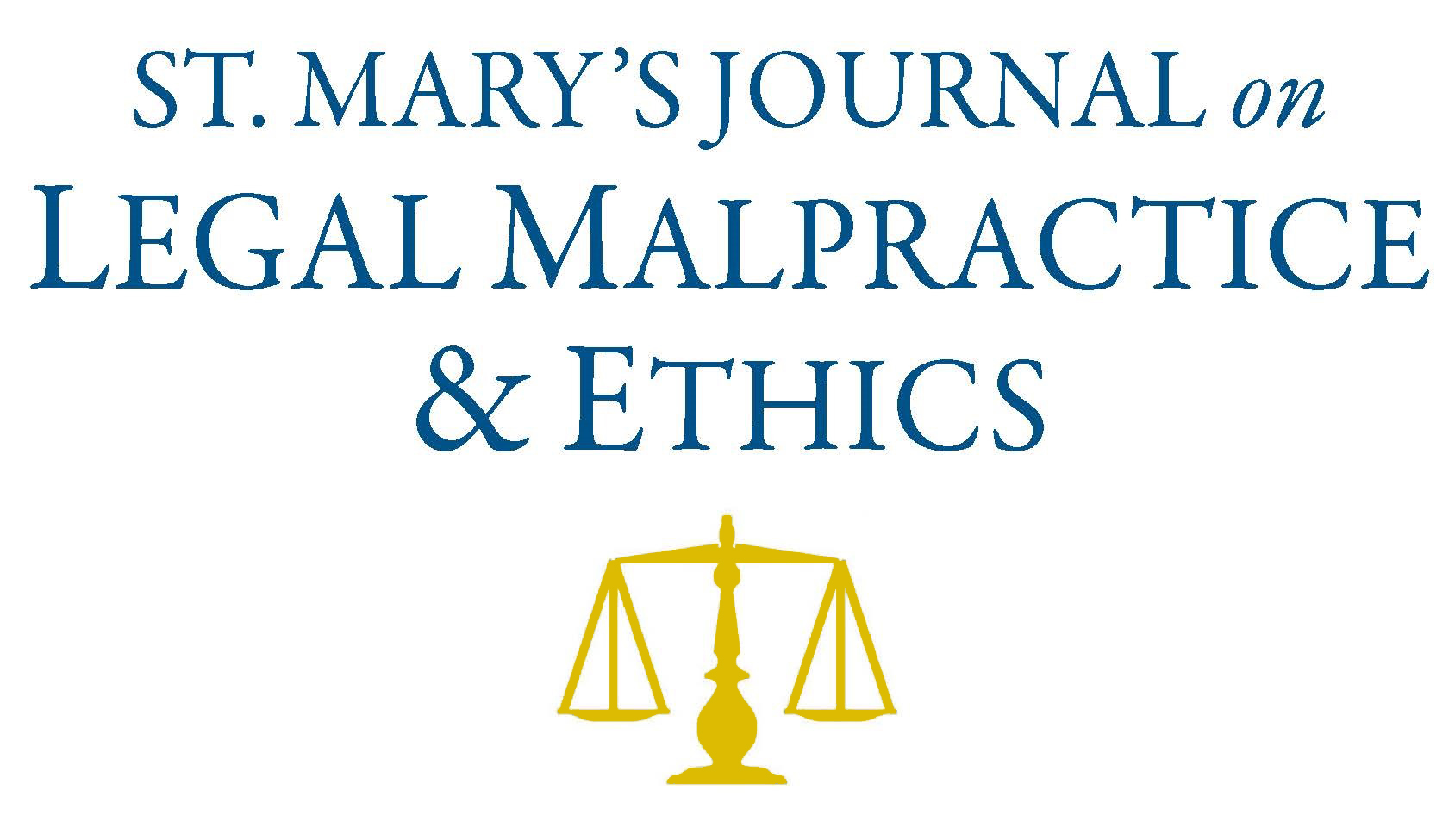
First Page
134
Date Created
1-1-2014
Publisher
St. Mary's University School of Law
Editor
Clement J. Hayes
Last Page
191
Abstract
When the American Bar Association (ABA) adopted its Code of Professional Responsibility at its annual meeting in August 1969, the American legal profession was a publicly respected and economically vibrant body. Lawyers, though always more feared than loved, became increasingly important in post-World War II America. The demand for their services exploded for a quarter-century, and lawyers assumed an increased role in the economic and political life of the United States. During the 1950s and early 1960s, the Cold War led American lawyers and other public figures to re-emphasize the rule of law as defining the difference between the United States and the Soviet Union. Relatedly, American lawyers argued they possessed a central role in maintaining the rule of law. From the 1950s through the mid-1960s, the popular image of lawyers may have peaked. It was at this time that the ABA began its work to update the 1908 Canons of Ethics. The ABA's adoption of the Code of Professional Responsibility in 1969 was the first significant reformulation of a lawyer's code of ethics, and was intended to demonstrate that lawyers deserved the trust placed in them by American society. The ABA's adoption of the Code, and its quick acceptance by most states as law, were the last acts in a "golden age." By 1974, the American legal profession was reeling from the turmoil of the late 1960s, followed by the Watergate affair and an economic downturn that adversely affected many lawyers. The larger legal profession was buffeted by a series of lawsuits alleging antitrust violations by the ABA and state bar organizations, and the Supreme Court held in 1977 that a ban on lawyer advertising for ethical reasons was unconstitutional. Although some lawyers did exceedingly well economically during the 1970s, many struggled. In late 1977, the President of the ABA called for the Code's replacement. Shortly thereafter, the ABA's House of Delegates approved the nomination of the members of the Kutak Commission, which was handed this task. During the half-decade effort to craft the Model Rules of Professional Conduct, the problematic ethical behavior of lawyers continued to make national news. Within the profession, a significant segment of the Bar rejected the structure and tenets of the Code, demanding a "modern" code of legal ethics befitting the needs of modern lawyers. Another segment of the lawyer population challenged the particular vision within the Code of the ethical duties of lawyers in representing clients. When the ABA adopted its Model Rules of Professional Conduct, it replaced a code that combined rules and aspirations with an approach that merely set a floor regarding lawyer conduct. The drafters of the Model Rules intentionally created a law of lawyering that supplanted an ethic of lawyering. Much more so than the Code, the Model Rules ushered in the modern understanding of lawyer ethics. This Article examines a crucial period in the history of American legal ethics, 1970-1985. Its thesis is that a shallow, though broad, consensus among American lawyers concerning the ideals of legal professionalism dissolved during the 1970s. An ideological dissensus, propelled by the scandalous behavior of some Executive Branch lawyers in the Watergate affair, joined by a heightened fear of economic torpor, shattered the post-World War II profession's accepted self-definition. The Model Rules of Professional Conduct implicitly acknowledged this ideological disagreement, a disagreement that has coursed through the history of the American legal profession from the late 1970s to the present.
Recommended Citation
Michael Ariens,
The Agony of Modern Legal Ethics, 1970-1985.,
5
St. Mary's J. on Legal Malpractice & Ethics
134
(2014).
Available at:
https://commons.stmarytx.edu/lmej/vol5/iss1/3
Included in
Law and Society Commons, Legal Ethics and Professional Responsibility Commons, State and Local Government Law Commons

